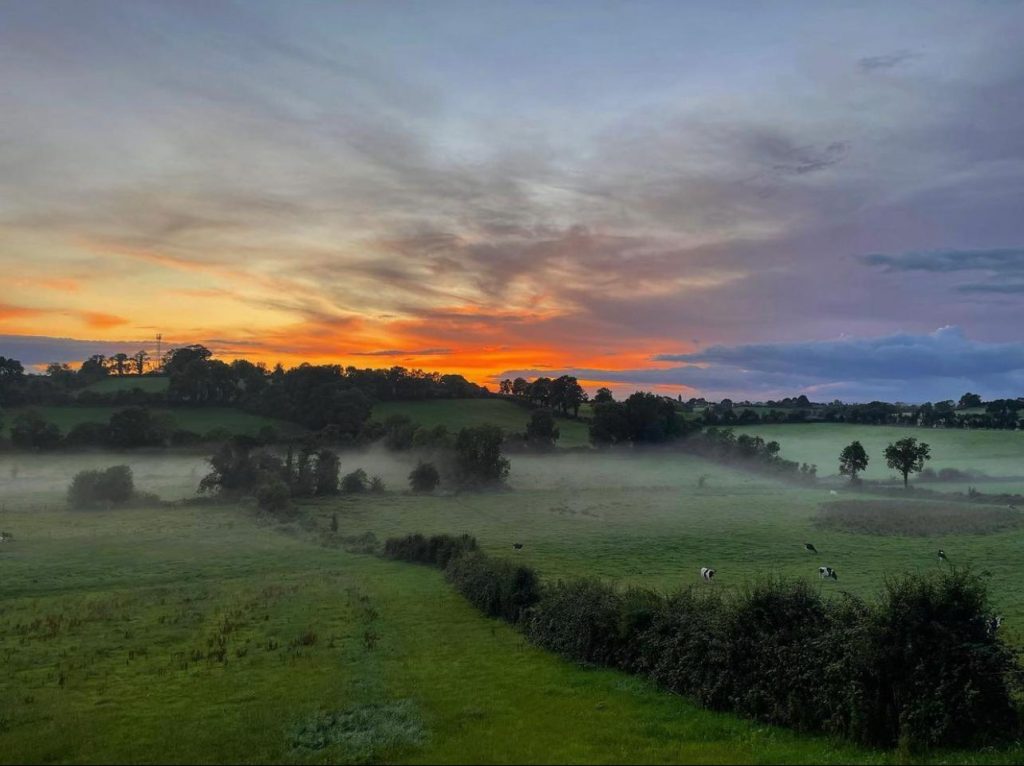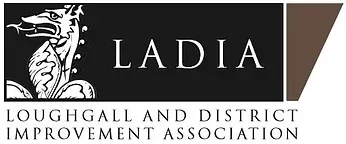The Secret Gardens of Loughgall (Day 1)
-
Co.Armagh
-
11:00 to 17:00
We’d love to see you. Join us live!
Loughgall, situated in a verdant and fertile valley and designated as a Conservation Area, has changed little over the years. There are many listed buildings with Georgian and Regency architecture, which add to the distinctive appearance of the village. The surrounding area noted for its orchards and famous Bramley apples, is often referred to as the “Garden of Ireland.”


It is known that a religious settlement existed in Loughgall from the ninth century, although it was not until the restoration work following the Civil War of the 1640’s that the settlement took the appearance of an English village. The village has now a population of about 400 but architecturally it has changed little over the past 100 years.
Although the village has a small population there is a very definite sense of community. The village boasts a number of cultural and sporting organisations and as a result, Loughgall and District Improvement Association (LADIA) members have strong links with these.


As the main employer of the area The Department of Agriculture Research Station and the Queen’s University of Belfast Plant Breeding Unit are horticultural/agricultural research centres of world renown. Various grasses, which were bred at the research station, were given local townland names. As a result there is a knowledge and familiarity of Loughgall and its hinterland in farming circles throughout the world. Loughgall is also acclaimed as the birthplace of the Orange Order and Sloan’s House and coffee shop attract visitors from all over Ireland and beyond.
